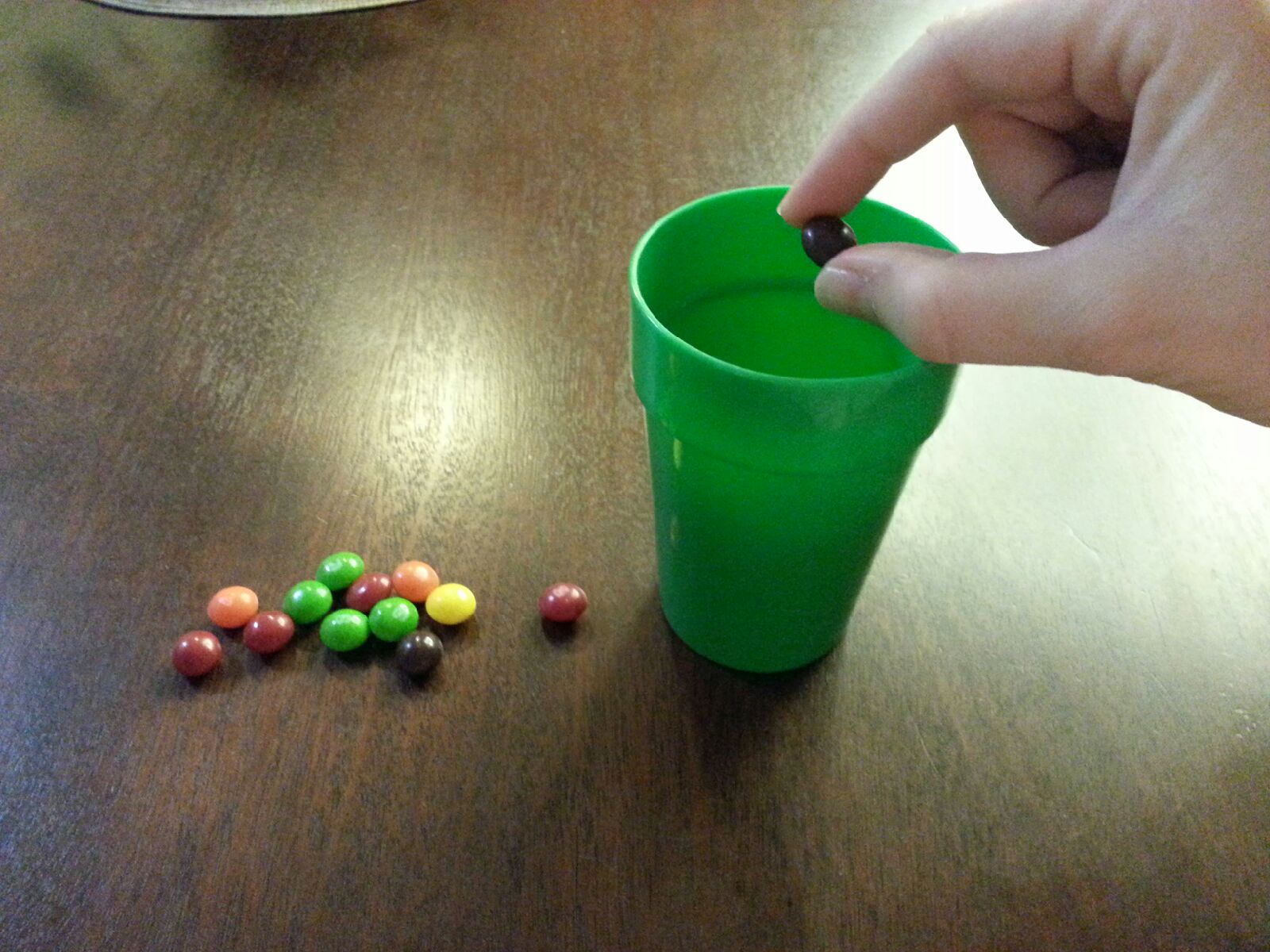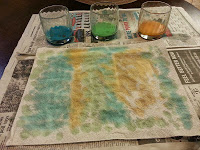Creative Uses for Halloween Candy: Fun Activities to Boost Your Child’s Skills
After a big night of trick-or-treating, many parents wonder what to do with all the leftover candy. Instead of just eating it, try using it for fun activities that encourage the development of fine motor skills, visual processing, cognitive processing, and sensory exploration. Here are some engaging ways to make the most of your child’s candy stash.
1. Candy Sorting for Fine Motor Skills
Sorting candy is a simple yet effective activity that builds fine motor skills and visual processing:
- Sort by Categories: Have kids sort candy by color, shape, size, first letter, or type. Encourage them to use only their index finger and thumb or their index and middle fingers along with their thumb. This strengthens isolated finger movements necessary for proper pencil grip.

- Use Tools like Clothespins or Tweezers: Have your child pick up candy with clothespins, tweezers, or chopsticks. The resistance of these tools helps improve finger strength and endurance, supporting handwriting and other fine motor tasks.
2. Candy Crafts for Bilateral Coordination
Crafting with candy can be a wonderful way to develop bilateral coordination and encourage creativity:
- Candy Collages: Let kids glue candies onto pre-drawn shapes or lines. Thisimproves hand-eye coordination and is great for following directions.
- Candy Jewelry: String candies with holes (like Life Savers) into necklaces or bracelets, promoting bilateral integration as your child uses both hands. For candies without holes, they can use a toothpick to create an opening, further strengthening finger muscles.
3. Build a Candy Gingerbread House
Turn leftover Halloween candy into a gingerbread house! Either freeze candy for a Christmas gingerbread house or create a Halloween-themed house right away.
- Building Skills with Candy: Using frosting as glue, decorate graham cracker walls with candy for a fun sensory experience. This activity enhances creativity, builds patience, and provides opportunities for tactile input.
4. Candy Finger Painting for Sensory Exploration
For a colorful, tactile activity, try candy finger painting. This is especially beneficial for children hesitant about messy play:
 Create Natural Colors: Soak hard-shelled candies like Skittles or M&M’s in water until the coating dissolves, creating colored water.
Create Natural Colors: Soak hard-shelled candies like Skittles or M&M’s in water until the coating dissolves, creating colored water.- Paint with Candy Colors: Have children dip their fingers in the colorful water to “paint” paper towels. This helps build comfort with sensory input through small, manageable amounts of messiness.
Benefits of Candy Crafts for Sensory Development
Candy crafts are engaging for all ages, and they provide essential sensory experiences, especially for children who avoid messy play. Working with frosting, handling candy, and using water-based paints provide gentle tactile input, which can help desensitize children to various textures over time.
We hope these ideas inspire your family to explore new, skill-building ways to enjoy Halloween candy that go beyond simply eating it.
Happy Halloween! 🎃









